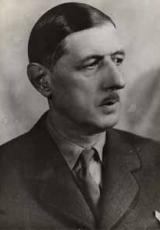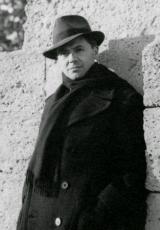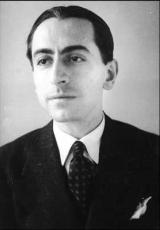Combatant France

The internal Resistance and General de Gaulle shared the same premise: the war was not over for France. In order to establish links with the Resistance, the leader of Free France set up two bodies: the Central Bureau of Intelligence and Action (BCRA), run by Colonel Passy, and the National Interior Commission (CNI), whose role was more political.
Through the intermediary of agents on missions, including Jean Moulin, and using visits to London by members of the internal Resistance (Christian Pineau, Pierre Brossolette, André Philip and Emmanuel d'Astier de la Vigerie), closer relations between the two Resistances were developed. Pressed by Christian Pineau, one of the founders of the Mouvement Libération-Nord, de Gaulle decided to offer an explanation of his intentions. In his Declaration of intent for the movements, he set out what were, to his mind, ”the French people's fighting aims”: the recovery of national sovereignty and ”internal freedoms”; the election of a ”national assembly” which, after liberation, would ”decide sovereignly on the country's destiny”; a major programme of economic and social reform; and the implementation of a new ”international system” in which France occupied the ”prominent place its worth and genius warrant”. Written in late April 1942, the declaration was taken to France by Pineau, then widely circulated by the underground press in June and July. It played an important role in the process of recognition of General de Gaulle's authority over the internal Resistance.
In mid-July 1942, ”Free France” became ”Combatant France”, symbolising the union of all the French people in the fight against Vichy and the Occupier. But in practice, the unification of the internal and external Resistances did not occur until 1943, thanks to the decisive action of Jean Moulin.
On 26 January 1943, the Resistance movements of the southern zone were brought together in the Mouvements Unis de Résistance (United Resistance Movements, or MUR), but the movements of the northern zone still had to be rallied. In February 1943, Moulin was given the task of setting up a federative body for the Resistances. That task was accomplished when, on 27 May 1943, the Council of the Resistance (later renamed the National Council of the Resistance, or CNR) met for the first time, in Paris. It brought together eight movements, six political parties and two workers' unions. They officially recognised General de Gaulle's political primacy.
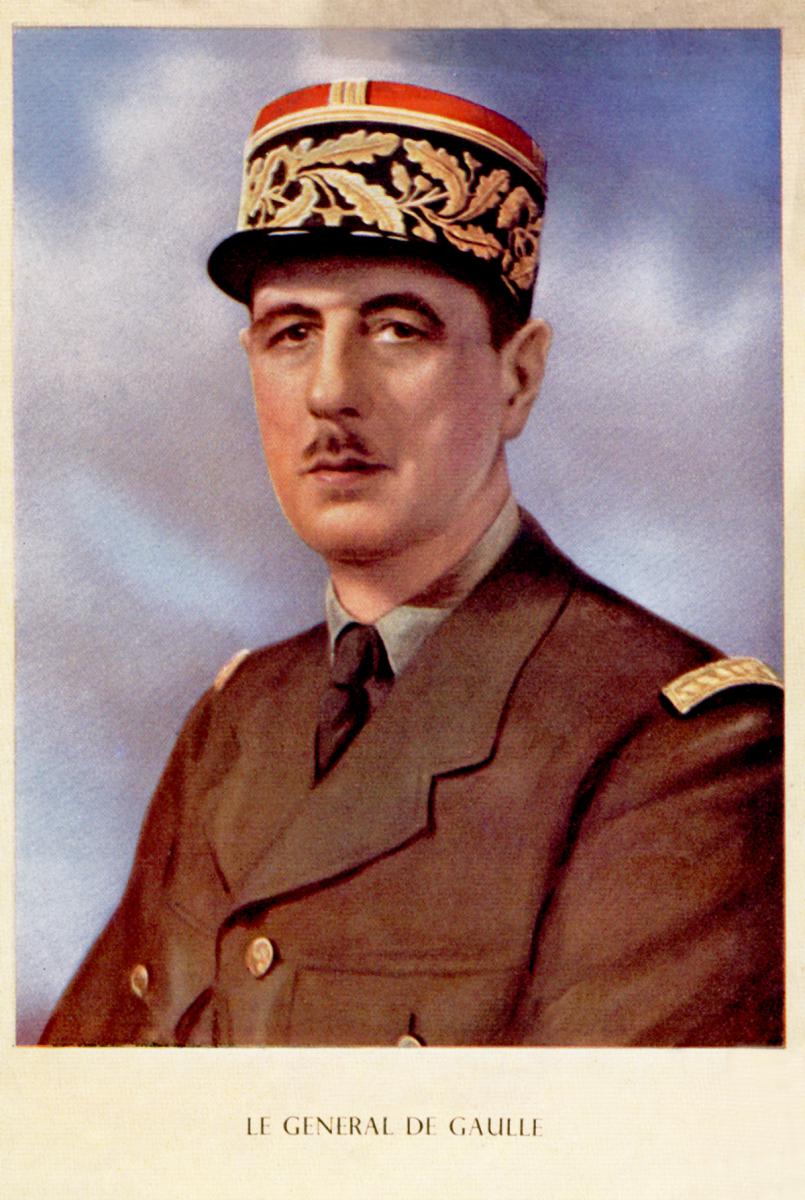
Carte postale patriotique - Le général de Gaulle chef de la France Combattante. Copyright MRN
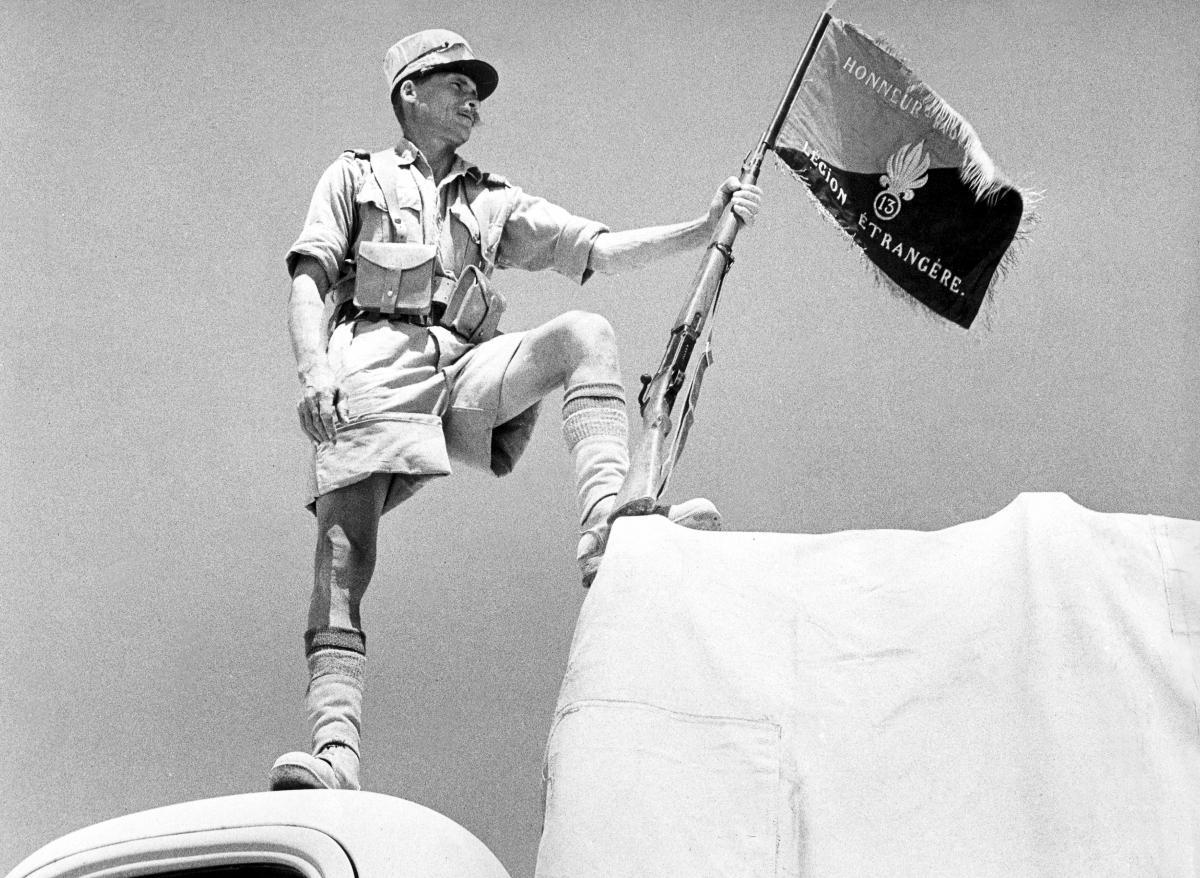
La 13e demi-brigade de la Légion étrangère est l'une des premières unités à rejoindre le combat de la France Libre. Copyright Collection particulière
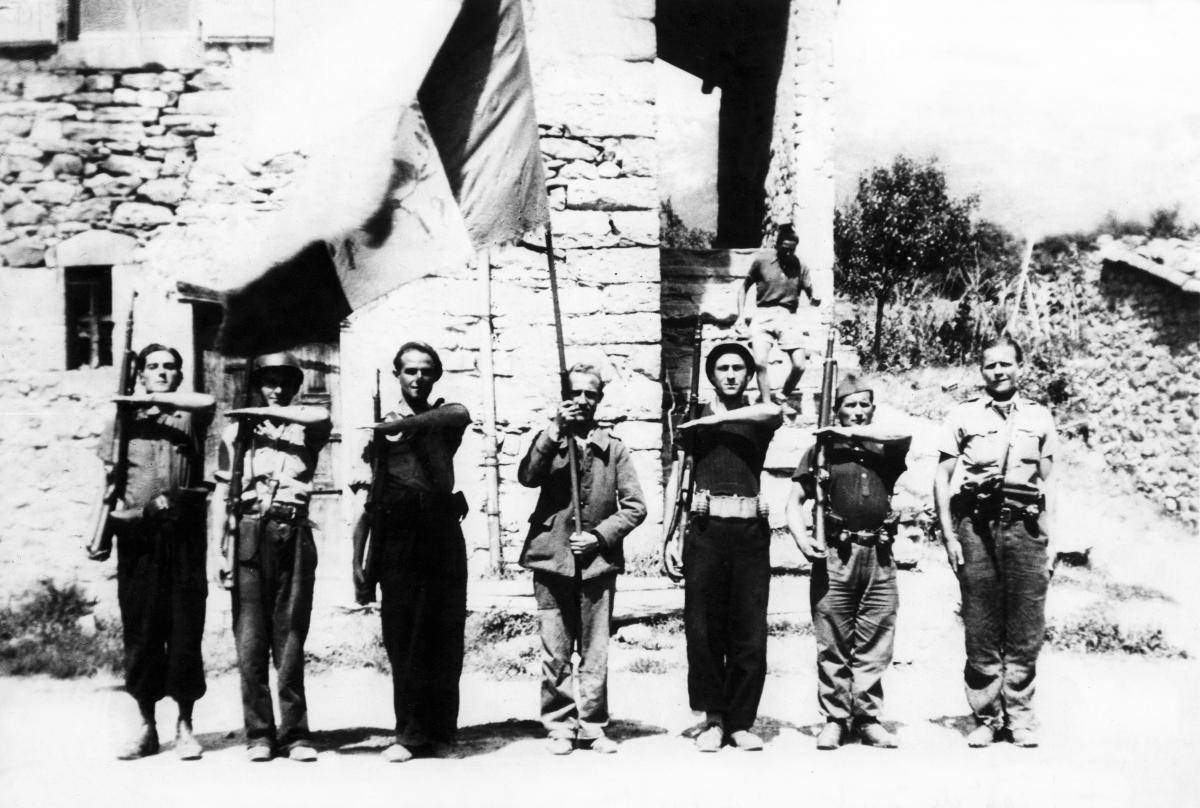
Les maquisards de Pommet, dans les Hautes-Alpes, 1944. Copyright Collection particulière
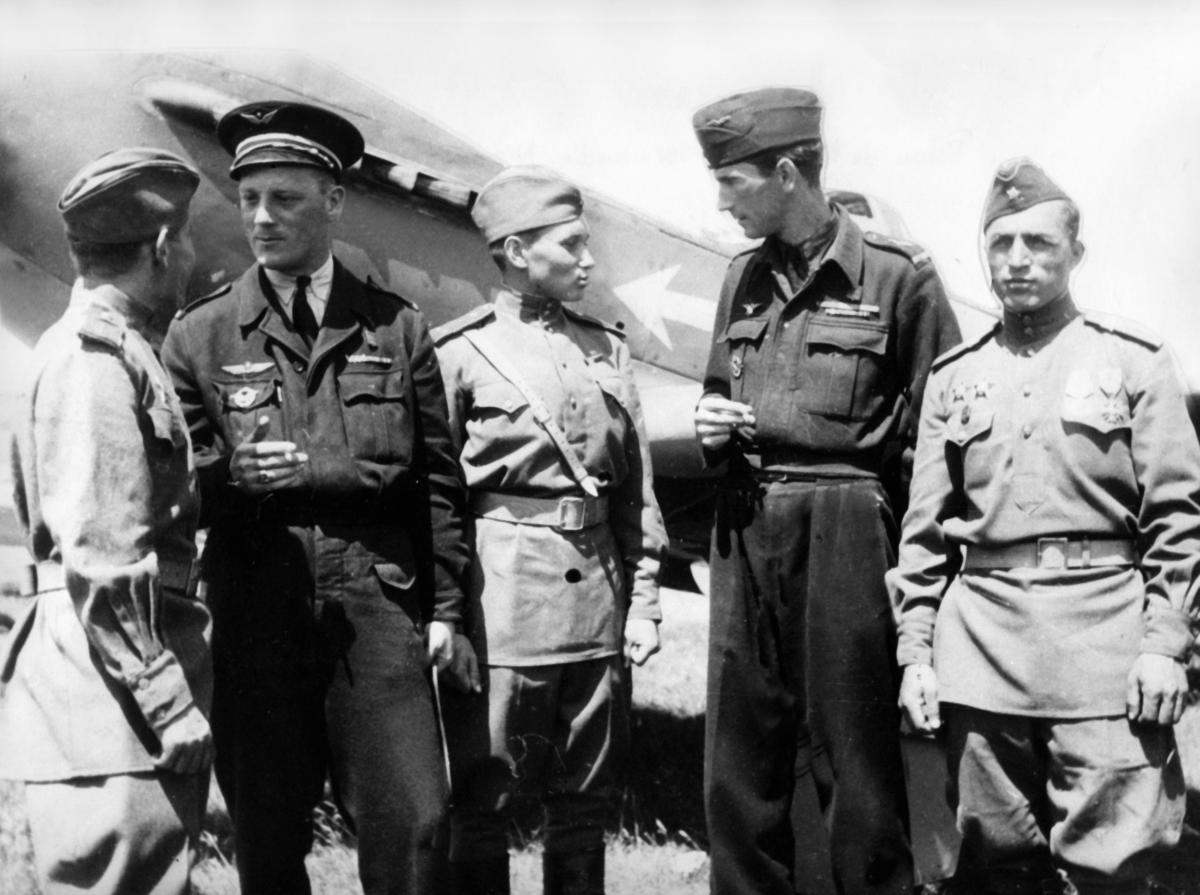
Pilotes français de l'escadrille Normandie Niemen avec des camarades soviétiques, front de l'Est, 1943-1944. Copyright Collection particulière
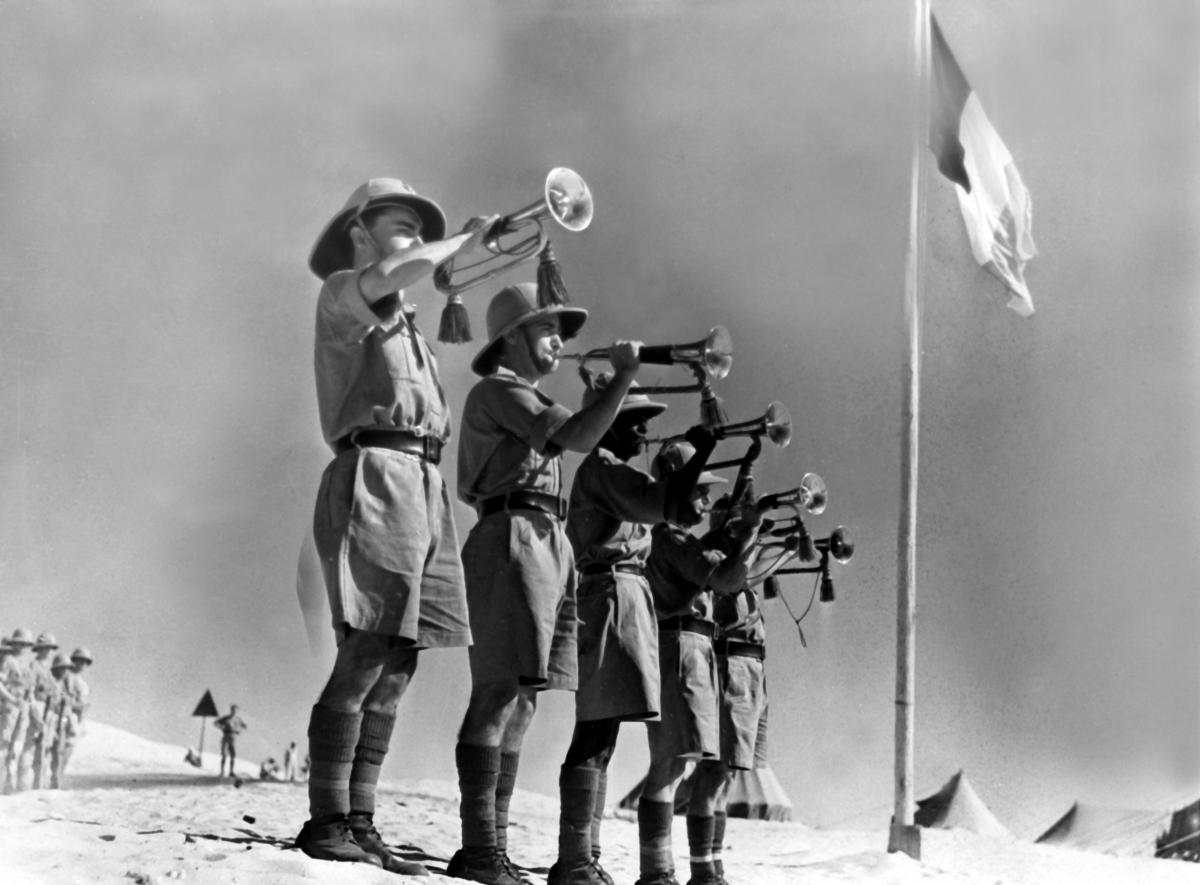
Le drapeau de la France au combat flotte en Afrique du Nord, 1940-1941. Copyright Collection particulière
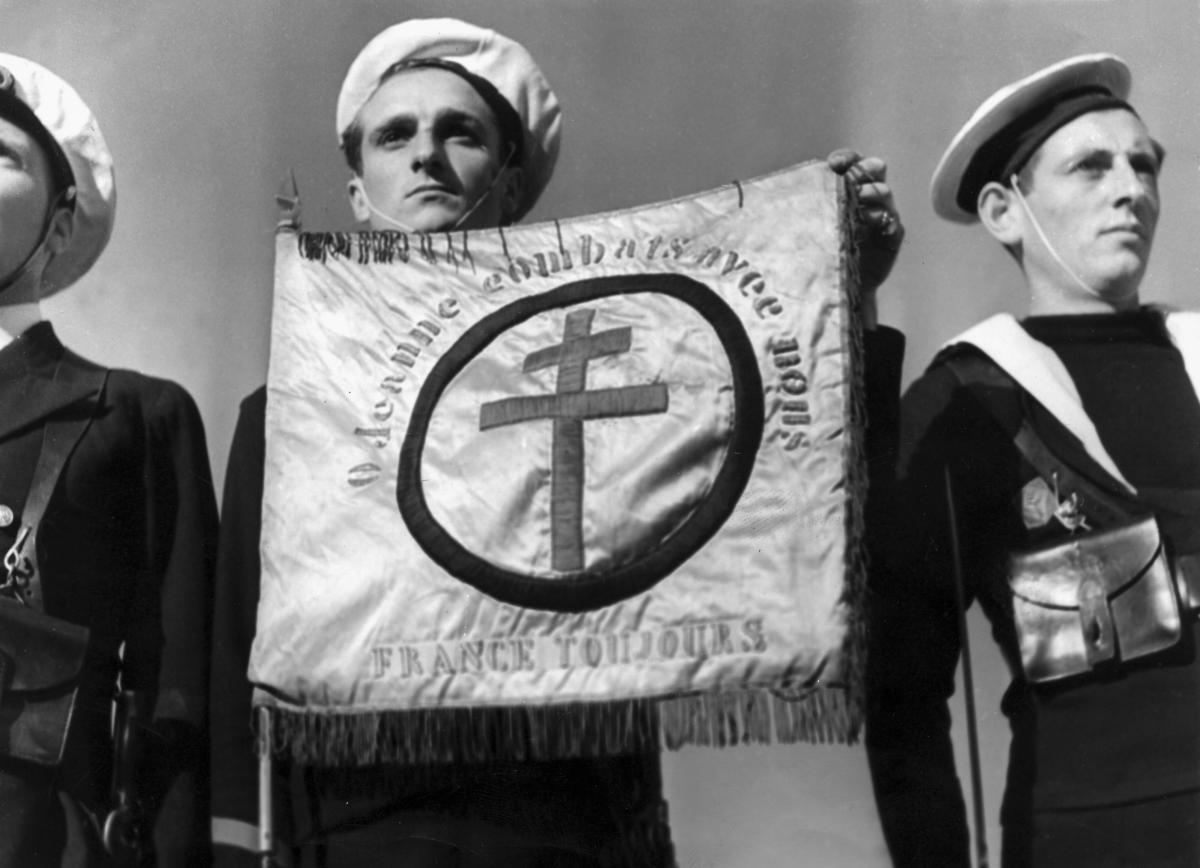
L'équipage du contre-torpilleur Le Triomphant arbore le fanion à croix de Lorraine, 1943. Copyright Collection particulière
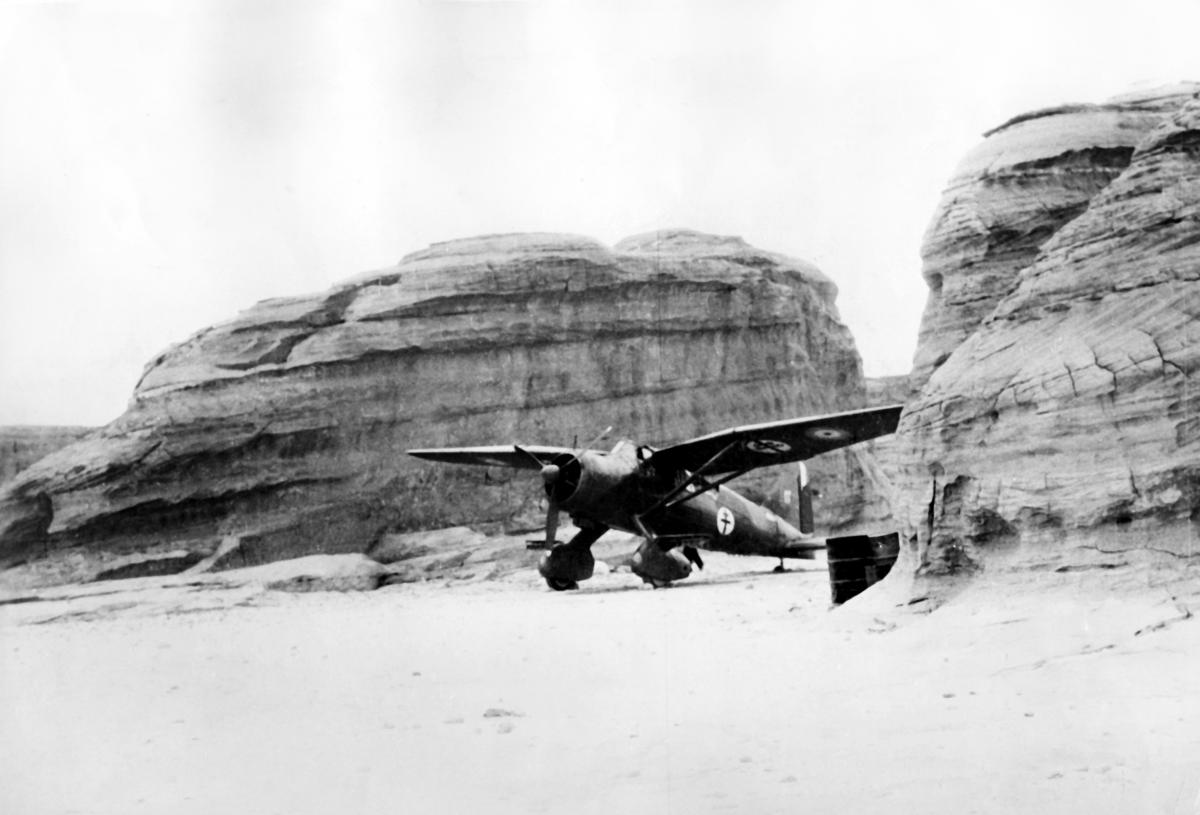
Depuis 1941, la colonne Leclerc participe aux combats contre les forces de l'Axe. Un avion de l'escadrille Rennes des troupes de Leclerc au Tchad. Copyright Collection particulière
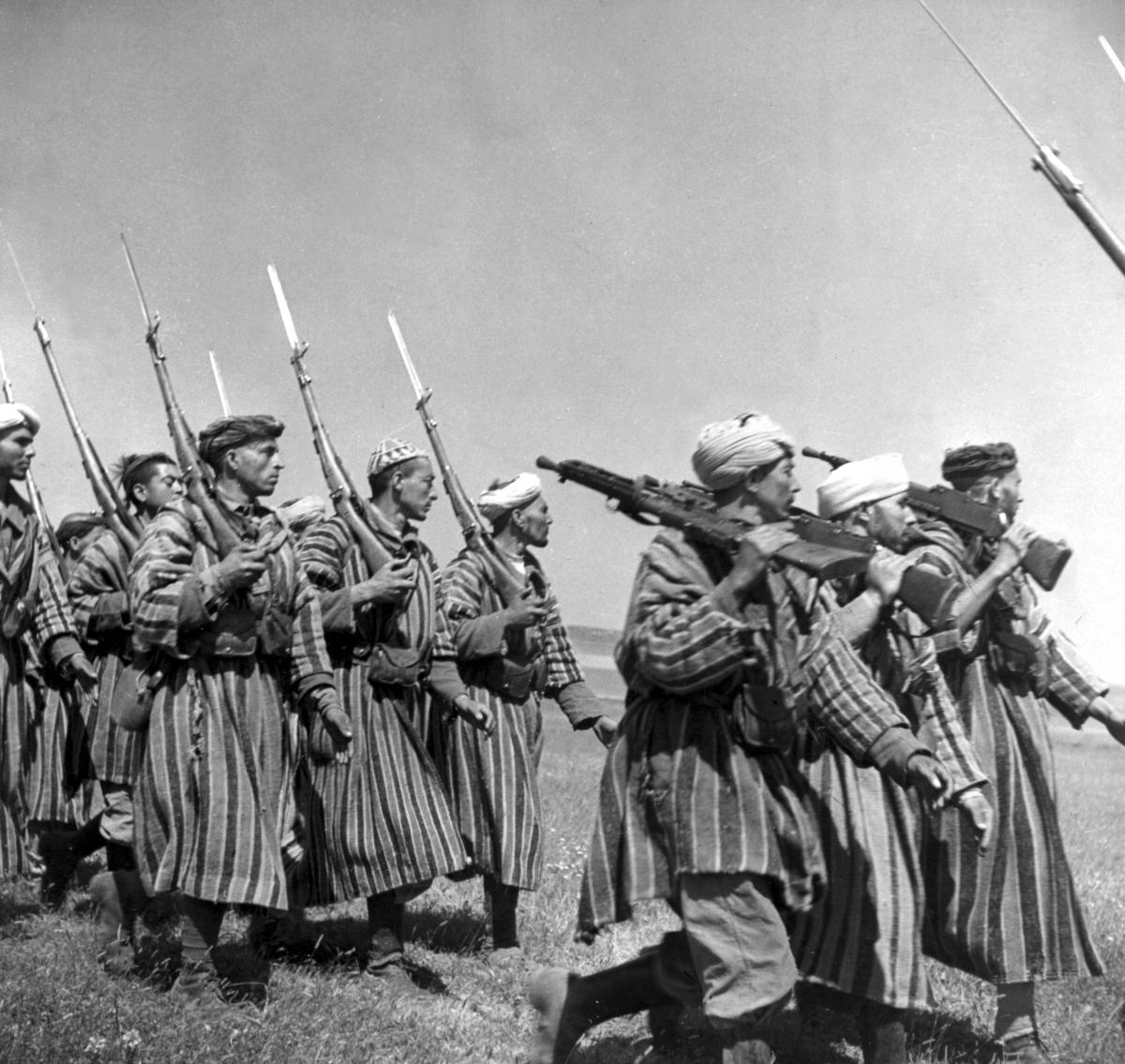
Les goumiers marocains participent à la libération de Bizerte, en Tunisie, mai 1943. Copyright Collection particulière
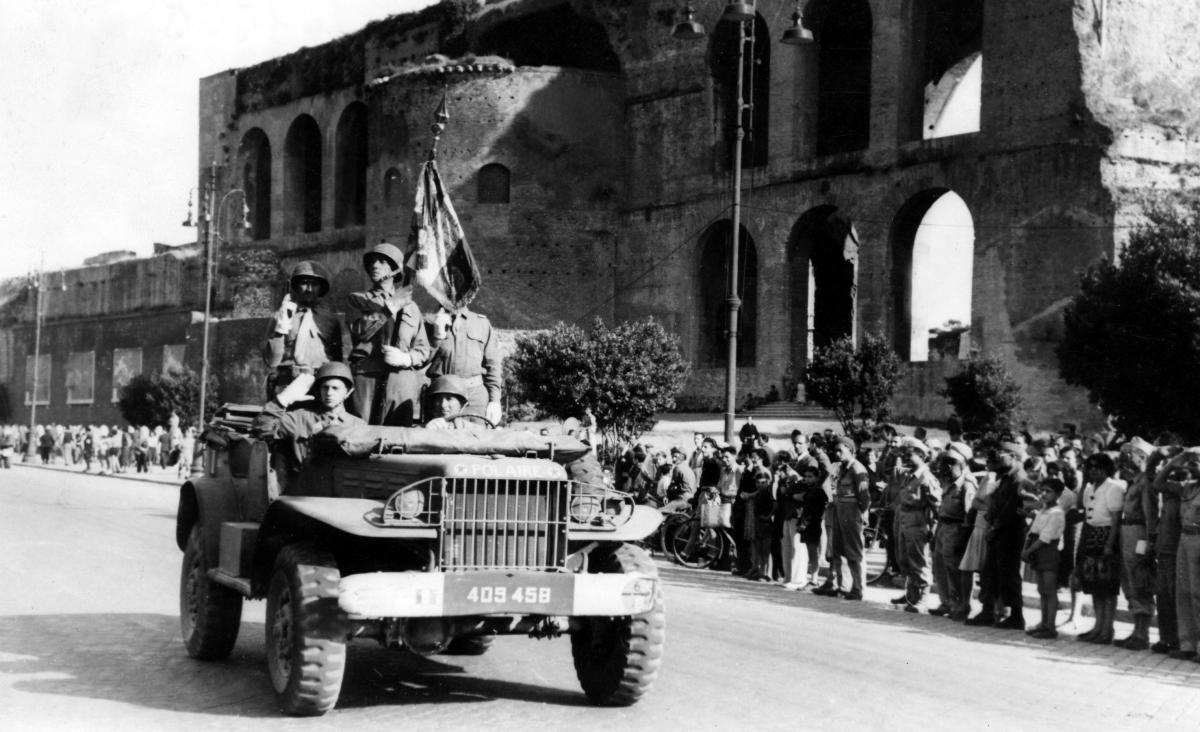
Défilé des troupes françaises dans Rome libérée, juin 1944. Copyright Collection particulière
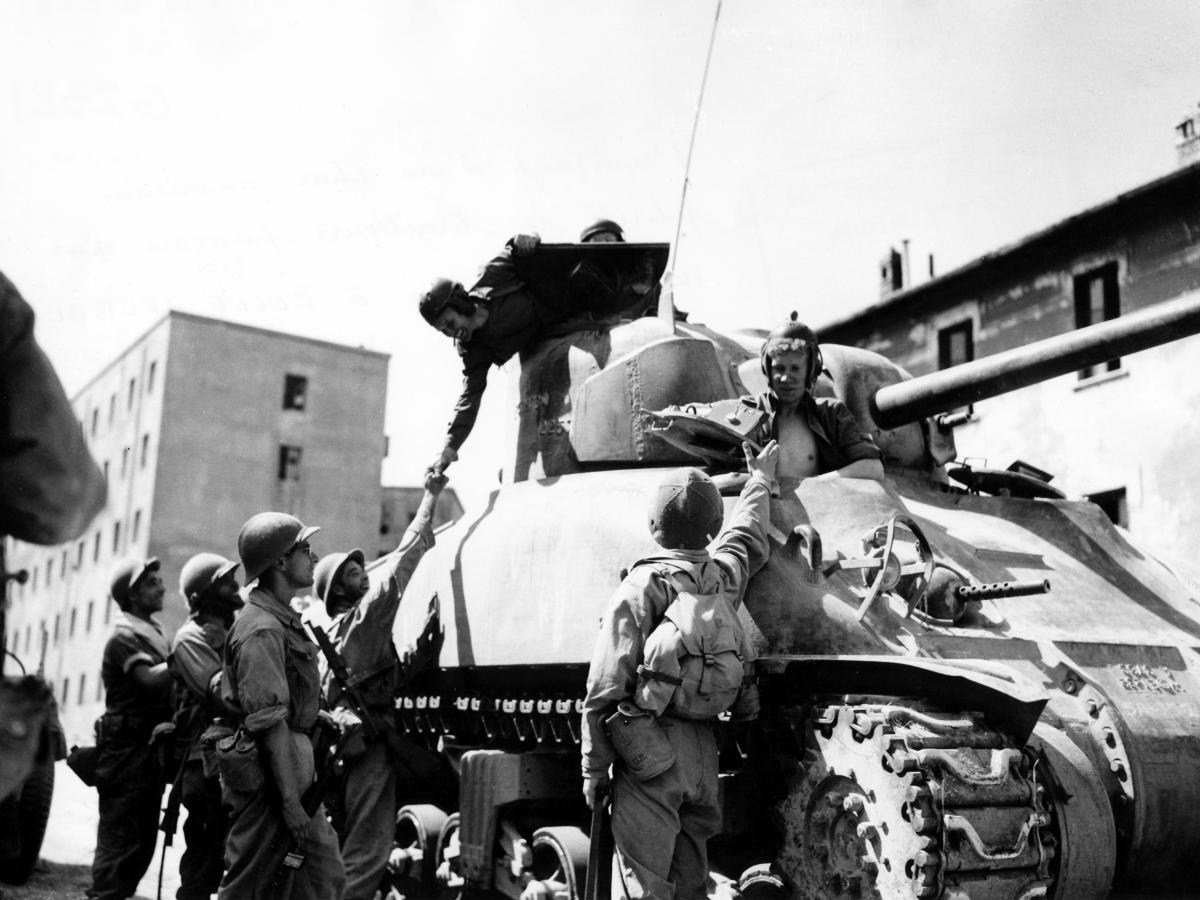
Lors de la course vers Rome, les troupes françaises de la 3e DIA (Division d'infanterie algérienne) et les hommes du 1st Special Service Force font leur jonction. 2 juin 1944. Colleferro, Italie. Copyright ECPAD. Référence : TERRE 228-5149
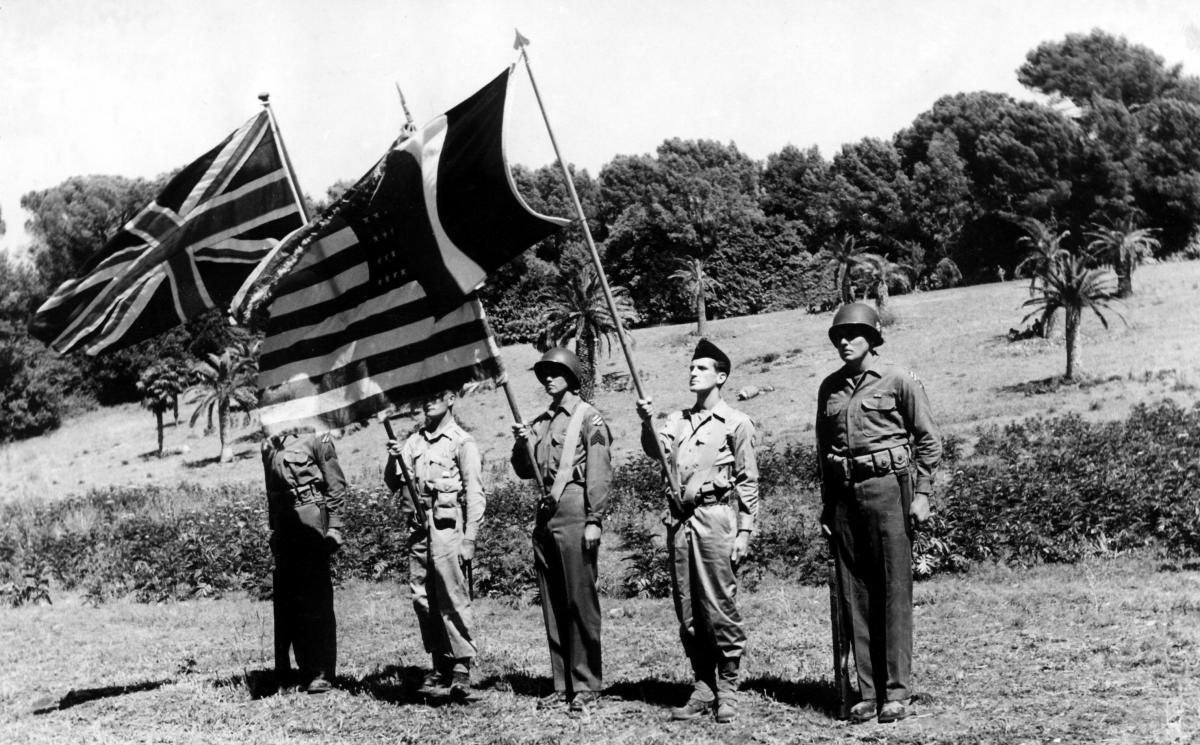
L'action du général de Gaulle, l'unification de la Résistance par Jean Moulin permettent à la France d'être présente lors de la Victoire. Copyright Collection particulière


